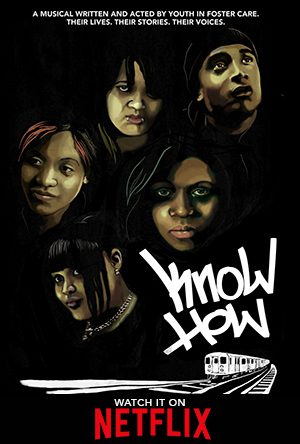Written by Tanya Peacock

Anime, or Japanese animation originated way back in 1917, but it’s only really caught on in the west within the last 20-30 years. The term itself is an abbreviated pronunciation in Japanese of “animation.” Anime, like its book form counterpart manga (Japanese Comics), has a large audience in Japan with an ever increasing audience in the United States. Both, hand drawn and computer animated anime exists.
Recently, anime has come to be considered an art form developed in Japan. In fact, you’ll see the word “anime” in the English dictionary defined as “an animation technique developed in Japan” or “an art form developed in Japan”. Average people like you and me, however, just see it as a great form of art that with the right characters, plot, and character development can really draw you in and make you addicted to this form of animation.
Anime is typically identified by its “big eyes, small mouth” characteristics. But, styles can vary widely depending on the artist or the animation studio. Some artists use a more realistic looking approach while others use a more “cartoon” driven style. Some styles, like in Pokemon for example, do not allow for any nationality identification. Thus clarifying that anime does not have a common identifiable style. But, generally, the most common form of anime drawings include “exaggerated physical features such as large eyes, big hair and elongated limbs… and dramatically shaped speech bubbles, speed lines and onomatopoeic, exclamatory typography.” (Taken from Wikipedia article on anime.)
Anime distribution companies handle the licensing and distribution of a series to other parts of the world. Take, for example, Inuyasha, which aired in Japan and then a year or so later was licensed in America by Viz Media. Viz then took the series and dubbed it into English for airing on Cartoon Network from August 31, 2002 through October 27, 2006. Subsequently, the DVDs for the series were released, as is common in for anime with the option to watch it with the original Japanese dubbing with English subtitles. Sometimes, the licensing studio edits out various cultural aspects of a series in an attempt to make it more easily understood in the country in which the series is being aired. This practice has some die-hard fans foaming at the mouth, because they do not think the original storyline or animation should be altered.
Frequently, anime can be found on the internet “fansubbed” even though it can be illegal according to copyright laws in various countries. Many fansub groups do not sub nor distribute the anime for profit, which brings in ethical implications when discussing this particular phenomenon. When a series in licensed in a certain country, the fansub groups tend to cease subtitling and distribution. In one event, a licensing company even thanked the fansub culture for helping to make a certain series wildly popular.





One thing to note on the changes that are made when an anime series is brought over to the US and aired on television, many changes are not made by the studio handling the localization, but the network’s standards and practices department (BS&P) has requested them. This is more the case for a show reworked for morning/afternoon airings
Sometimes, BS&P will make reasonable requests..but they often do not. It is all subjective and varies not so much on what network, but who is hired to do that job at that network. I have worked on shows where one BS&P person said something was ok, but their replacement has said it is not. Sometimes these requests are valid, but most times they are created in the head of the BS&P person and are wasted changes. There was a monster in Yu-Gi-Oh! that had to be changed because a dragon head was coming from its belly..the BS&P pervert said it looked too phallic. I bet that most, if not all, kids merely see it as a giant monster with a dragon head coming from its stomach…
Another example of changes made for TV is Gundam Wing on Cartoon Network. Back in 1999/2000, CN was airing an afternoon and midnight block of Toonami. The afternoon version had certain edits made – removal of blood, changing some lines [ex: “I will kill you” became “I will destroy you” in the afternoon airing of the 1st episode], but the midnight showing was “uncut”. Of course, who knows what was cut to get to that “uncut” version.
You are correct that many studios make edits on their own in an attempt to localize/Americanize the show, I just wanted to point out the other side of it as well. In my experience, I find that the shows that are made to be more “American” are generally being sold to a younger audience anyway, but this annoys the anime fans because some of these shows being sold to children are NOT made for children! Some studio heads don’t quite get the idea of adult animation yet..